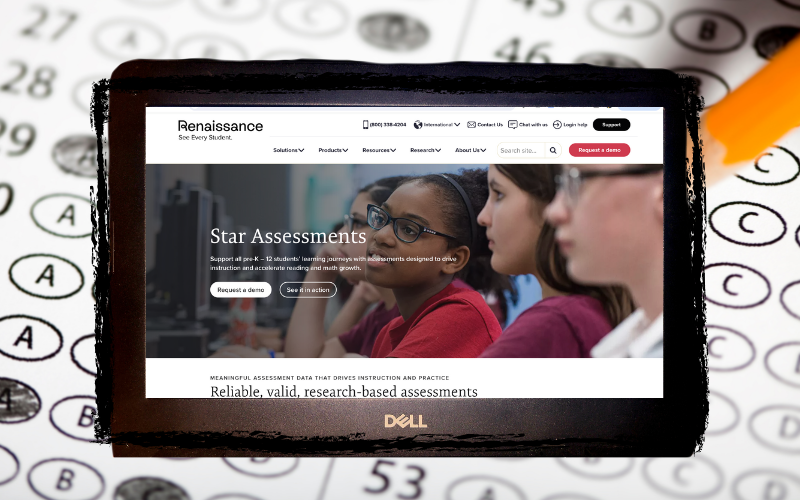For several years, the high school has utilized Classroom Diagnostic Tools (CDTs) to measure the academic growth of students throughout the course of the school year. Using these scores, as well as Keystone results, teachers would decide what students attended Keystone remediation, which are mandatory meetings during PLT to work on improving Keystone scores. Starting this school year, STAR tests are being implemented instead of the CDTs.
The CDTs are a set of online assessments in the following core subjects: literature, science and mathematics. Immediately after the completion of an assessment, a student got a report of their scores. The scores were based on students’ understanding of different aspects of a broader topic, such as literature.
On the contrary, the STAR tests are managed by Renaissance, an educational software company. Renaissance offers additional services, such as Accelerated Reader, which is a program that has already been implemented into the elementary school curriculum before the tests. Renaissance and its services are easily accessible to both students and teachers.
“The CDTs are cumbersome; it takes a lot of work just to get a report,” Principal Steven Mott said. “We made the decision to transfer from CDTs to STAR [because of] how user friendly it is.”
Teachers, using STAR tests, are able to have immediate access to the scores. Similar to the CDTs, students will see their performance on the test promptly after completion. Quick access to scores enables teachers to identify the needs of particular students more accurately.
The middle school was the first to stray from CDTs, when they initially implemented STAR tests several years ago. STAR tests enabled teachers to track the progress of students throughout the course of their junior high careers. By the time students reached freshman year; however, this data was lost. By carrying STAR into the high school level, academic improvements can be measured on a more accurate basis.
STAR tests are primarily being used to estimate how students will perform on the Keystone exams, according to Mott. The results will determine who will attend remediation, and for what subject. Unlike years prior, literature tests will be given to the freshman class through the program. Taking the tests earlier allows students to understand the preparations necessary for them to excel at the Keystones, and it gives them enough time to fulfill these requirements.
“I think it would be extremely beneficial for students to be able to see, ‘this is how I am doing right now.’ It would maybe benefit somebody showing them where they are at or where they scored,” Mott said.
Throughout the course of this year, the tests are expected to be utilized in Keystone remediation, as well as ninth and tenth grade English and mathematics classes. Through the shift from CDTs to STAR Tests, the high school aims to acquire a more precise measurement of the academic levels of the students. The STAR tests make this a possibility through their user-friendly features that allow students and teachers to access reports quickly.
“Overall, I am excited. We need something that gives an accurate representation of where our students are at,” Mott said.



